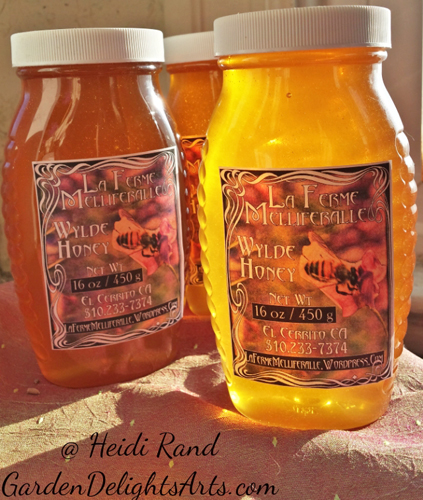
My yearly gala – Garden Delights Holiday Gift Sale & Art Show, is the first 2 weekends of December this year! The Show is at my art studio on December 7-8 and 14-15, 2019, from 11 am to 5 pm – or by appointment at your convenience.

I’m proud to show my photos and mixed-media artwork & crafts, and also upcycled creations, where I bring fresh life to paper and fabric. Also hand-knits and fabulous felted creations! Fashionable fingerless mitts keep your hands cozy during mild winter weather … …

… NEW! Upcycled bags from sweaters and such …

Fancy knitted washcloths …

… pair with George’s soaps for a great gift …

Please stop by to relax during the holiday rush, enjoy snacks, and chat. Never any pressure to buy, but if you’ve got a list I’ve got a wide range of handmade and original-designed gifts, for yourself and for friends and family – including pets!
More new this year – George’s exquisite handmade 100% natural beeswax candles, including two sizes of tapers, from our honeybees’ wax. Read all about them at my article.

Jewelry, wearable art, purses, cards & prints, boxes, home decor, beeswax candles, and more! Our honeybees bless us with delicious honey, which many people swear helps their pollen allergies.

Want a postcard reminder sent to your mailbox, or would you like to drop by at a time that’s more convenient for you? Email me. Can’t make the show or want to see my artwork online? Click these links:






































